UK becoming a hub for AI cybersecurity

Analysis of research results from the Government’s AI and Software cybersecurity market analysis report indicate that 48% of AI cybersecurity providers are headquartered in the United Kingdom, followed by the United States (38%), Ireland (6%), Israel (3%), Romania (2%), India (2%) and France (2%). The research by OnSecurity reveals that among software security providers, the United Kingdom continues to see […]
Shortage of high-quality data ‘threatens AI boom’
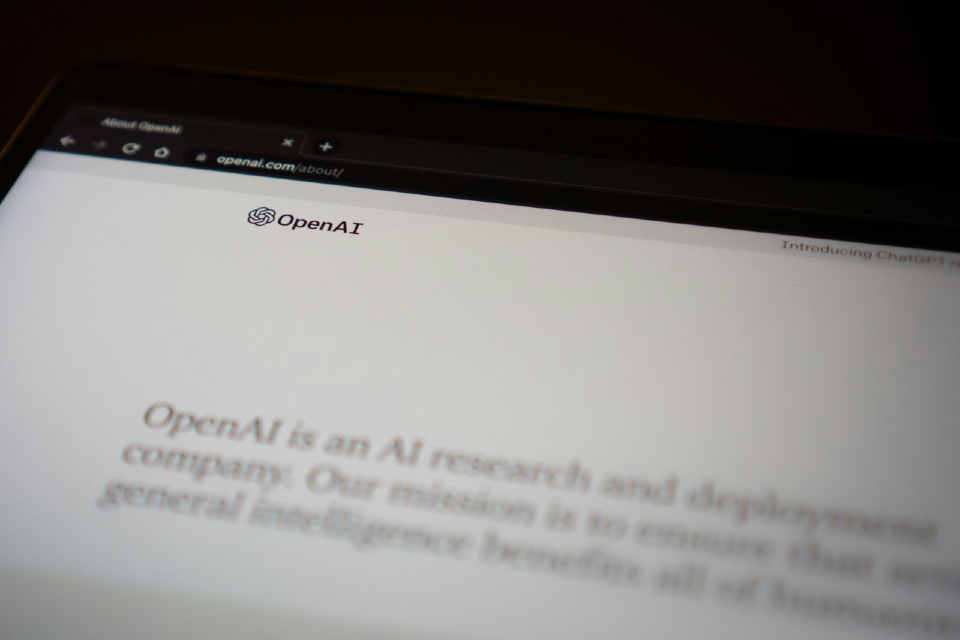
An Open Data Institute (ODI) white paper has identified what it says are significant weaknesses in the UK’s tech infrastructure that threaten the predicted potential gains – for people, society, and the economy – from the AI boom. It also outlines the ODI’s recommendations for creating diverse, fair data-centric AI. Based on its research, the ODI […]
How Artificial Intelligence is enhancing physical security in the UK’s commercial and public sectors
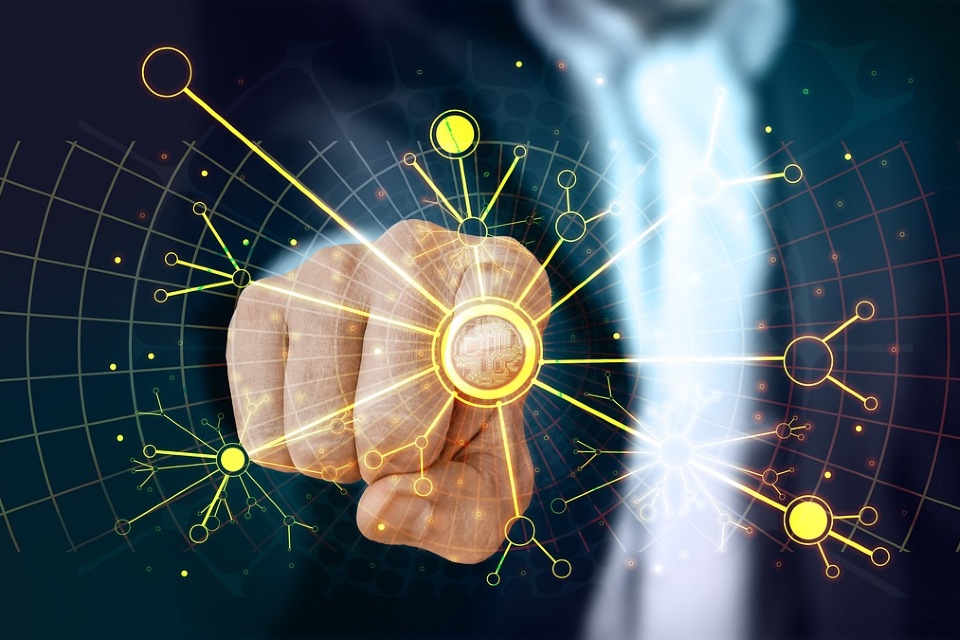
Security threats are growing in complexity, demanding advanced solutions. Artificial Intelligence (AI) is increasingly playing a pivotal role in reshaping the security landscape within the UK’s commercial and public sectors. By integrating AI, organisations can bolster their physical security measures to unprecedented levels. Let’s delve into the specific ways AI is being leveraged… Intelligent Video […]
Study show generative AI now an ’emerging risk’ for enterprise
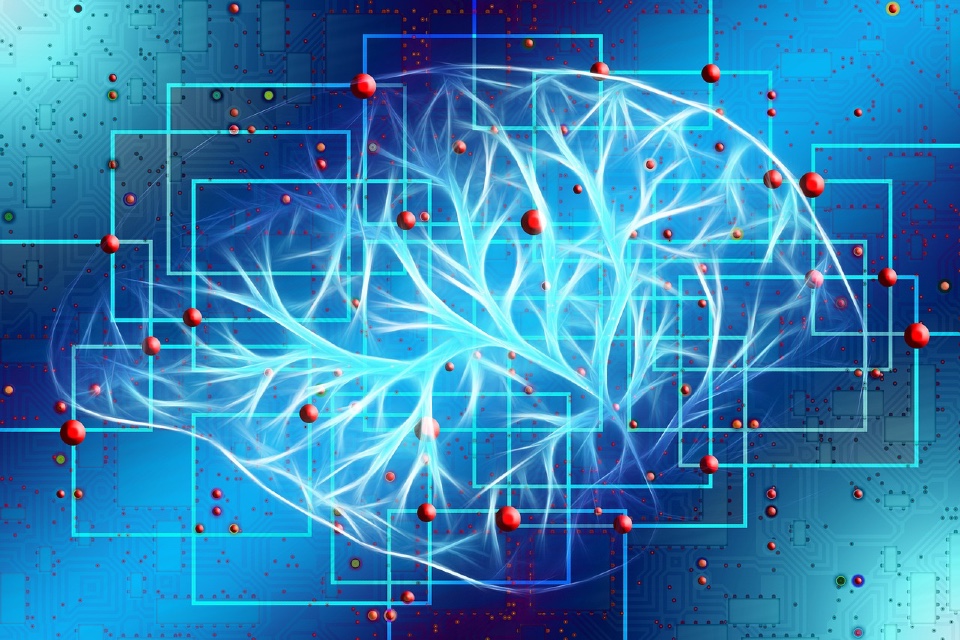
The mass availability of generative AI, such as OpenAI’s ChatGPT and Google Bard, became a top concern for enterprise risk executives in the second quarter of 2023. “Generative AI was the second most-frequently named risk in our second quarter survey, appearing in the top 10 for the first time,” said Ran Xu director, research in […]
Could AI-generated ‘synthetic data’ be about to take off in the security space?

Synthetic data startups are spearheading a revolution in artificial intelligence (AI) by redefining the landscape of data generation that will have implications for myriad industries, including security. That’s according to GlobalData, which says substantial venture capital investments and a clear sense of direction, these startups are transforming industries, overcoming data limitations, and propelling AI innovation […]
The transformative impact of AI on physical security
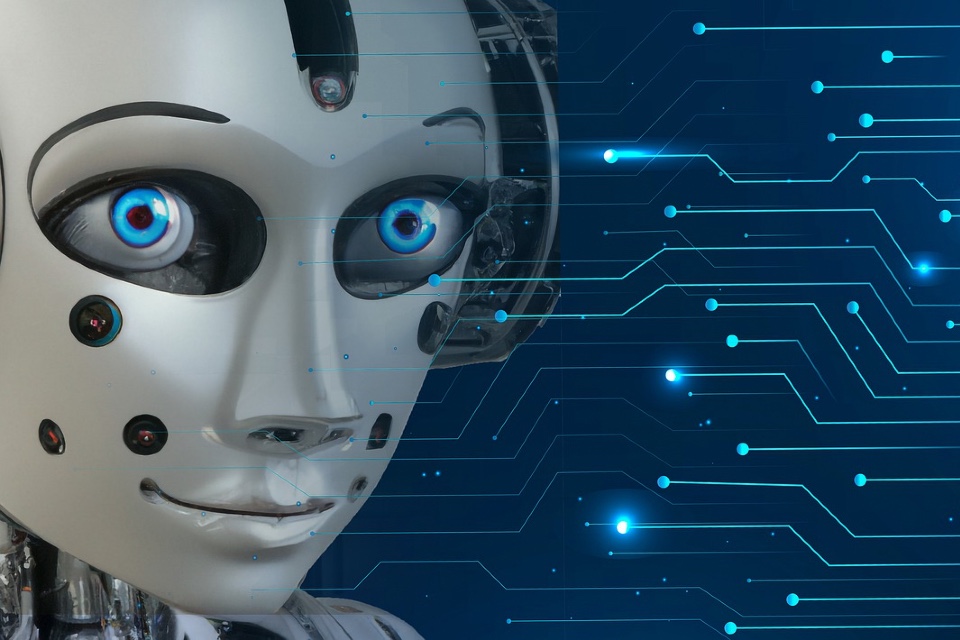
Artificial Intelligence (AI) is revolutionising various sectors, and one area where its impact is becoming increasingly significant is in the realm of physical security. From surveillance systems to access control, AI-powered solutions are reshaping how we safeguard our physical spaces… Enhanced Surveillance One of the primary applications of AI in physical security is in surveillance […]
AI set for dramatic growth as security applications proliferate
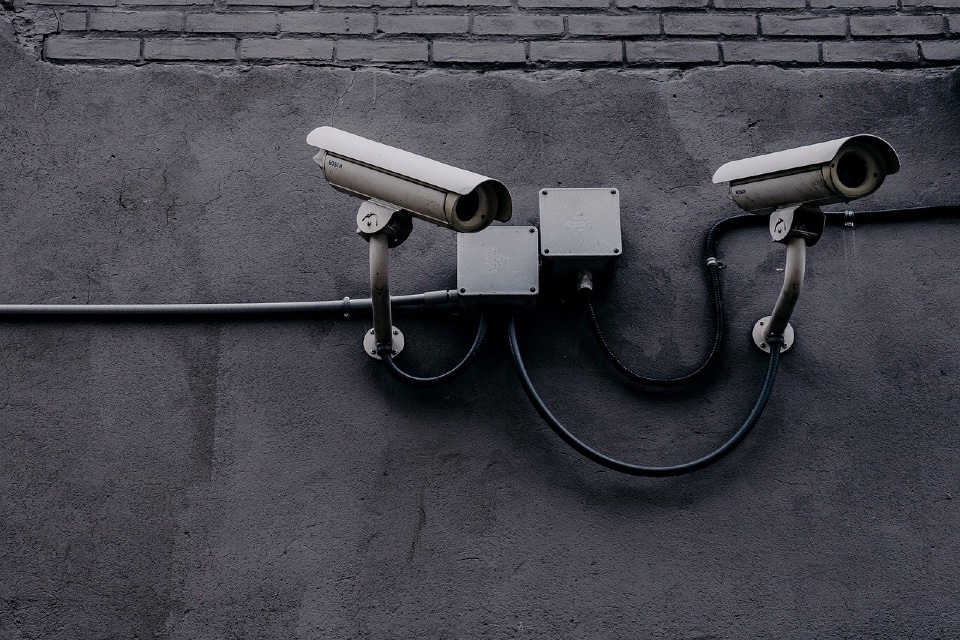
The global artificial intelligence (AI) market is forecast to grow at a compound annual growth rate (CAGR) of 21.4%, from $81.3 billion in 2022 to $383.3 billion in 2030, driven by applications such as facial recognition. GlobalData’s latest thematic report, “Artificial Intelligence,” reveals that the explosion in the volume of sensor data, coupled with the […]
Will AI make us more secure?

By Monica Oravcova, COO & Co-Founder, Naoris Protocol ChatGPT, the dialogue-based AI chatbot capable of understanding natural human language, has become another icon in the disruptor ecosystem. Gaining over 1 million registered users in just 5 days, it has become the fastest growing tech platform ever. ChatGPT generates impressively detailed human-like written text and thoughtful prose, […]
Could AI-generated inventions soon be patented in the UK, and how will this impact businesses?
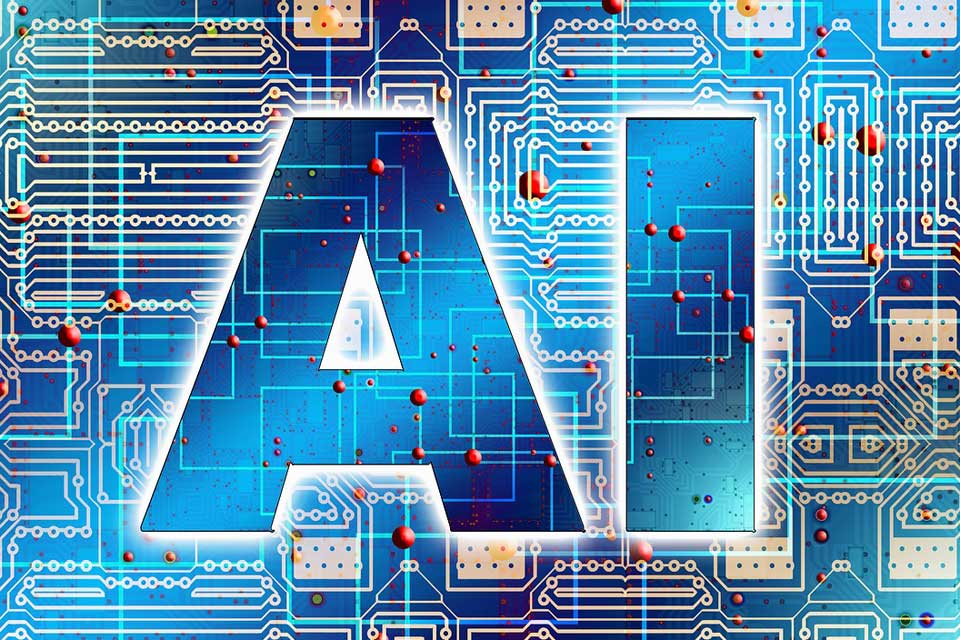
With the rapid advancements in artificial intelligence technology, how are AI-generated inventions recognised when it comes to patents? Innovation funding and Patent Box experts ABGI UK look into where inventions created by AI systems currently stand in regards to intellectual property, and how potential changes will affect UK businesses… As artificial intelligence becomes increasingly advanced, how […]
From AI to ESG: Key security-technology trends of 2023

Johan Paulsson, Chief Technology Officer, Axis Communications, explores the six key technology trends that are set to impact the security sector in the coming year… Technology is pervasive in every aspect of our personal and work lives. Every new technological development and every upgrade brings new benefits, makes the tools we rely on more effective, […]

